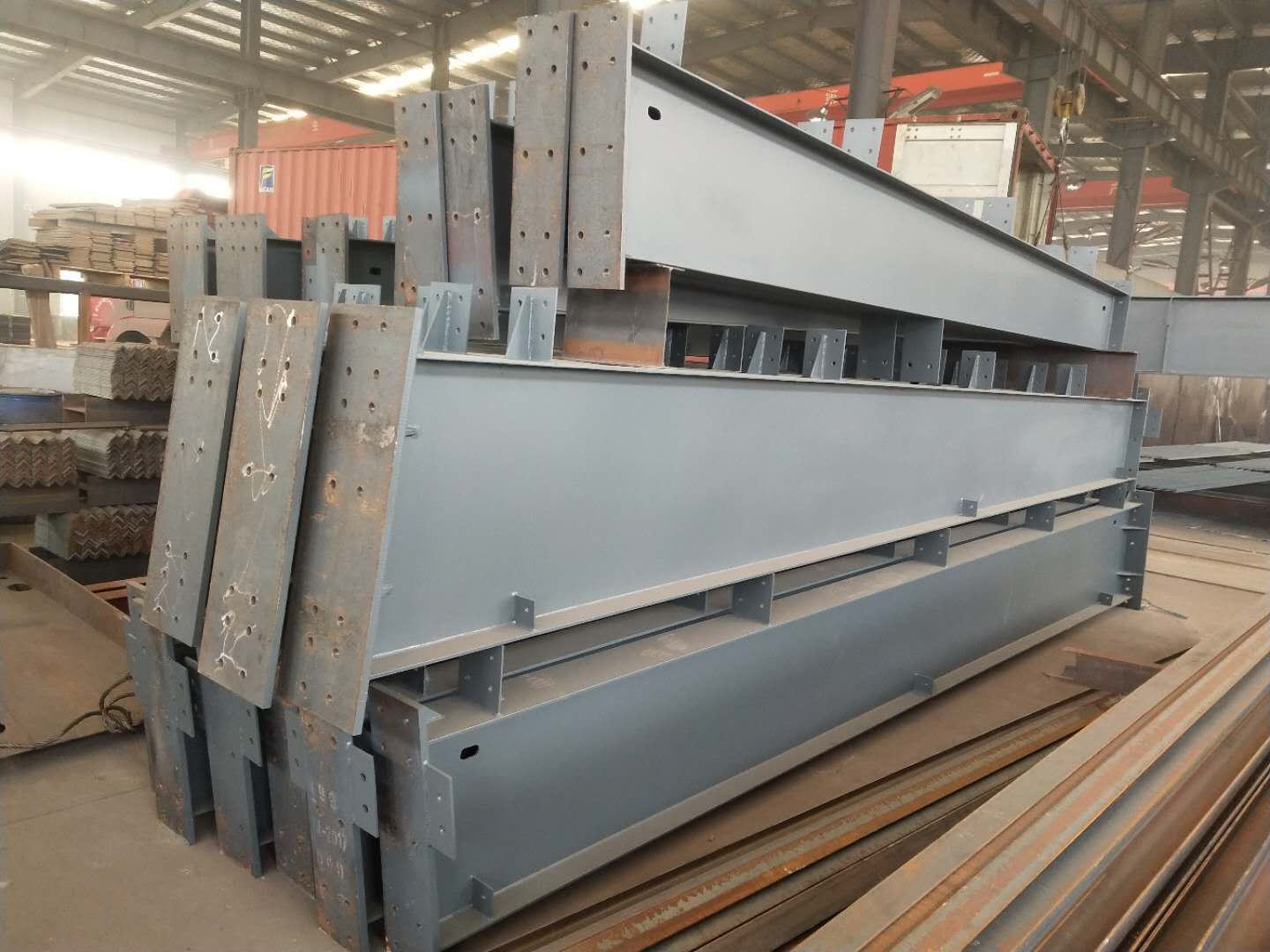目录
Seismic Resistance in Warehouse Steel Structure Design
Warehouse Steel Structure Design Considerations
When it comes to designing a warehouse steel structure, there are several important factors to consider. One of the most critical considerations is ensuring that the structure is able to withstand seismic activity. Seismic resistance is essential in regions that are prone to earthquakes, as a poorly designed structure can Lead to catastrophic consequences.
One of the key aspects of designing a warehouse steel structure with seismic resistance in mind is the selection of materials. Steel is a popular choice for warehouse construction due to its strength and durability. When designing a steel structure for seismic resistance, it is important to use high-quality steel that is able to withstand the forces exerted during an earthquake.
In addition to using high-quality steel, the design of the structure itself is crucial in ensuring seismic resistance. The layout of the warehouse should be carefully planned to minimize the impact of seismic activity. This includes ensuring that the structure is able to flex and move with the ground during an earthquake, rather than resisting the movement and risking structural failure.
Another important consideration in designing a warehouse steel structure for seismic resistance is the use of bracing and other structural elements to provide additional support. Bracing helps to distribute the forces exerted during an earthquake throughout the structure, reducing the risk of collapse. It is important to work with a structural engineer to determine the most effective bracing system for your specific warehouse design.
In addition to the structural elements of the warehouse, the foundation is also a critical component in ensuring seismic resistance. The foundation should be designed to withstand the forces exerted during an earthquake and prevent the structure from shifting or collapsing. Proper foundation design is essential in ensuring the overall stability of the warehouse steel structure.
When designing a warehouse steel structure for seismic resistance, it is important to consider not only the initial construction but also the ongoing maintenance and inspection of the structure. Regular inspections can help to identify any potential issues or weaknesses in the structure that may compromise its seismic resistance. By addressing these issues promptly, you can ensure that your warehouse is able to withstand seismic activity for years to come.
In conclusion, designing a warehouse steel structure with seismic resistance in mind is essential in regions prone to earthquakes. By using high-quality materials, careful design, and proper bracing and foundation systems, you can create a structure that is able to withstand the forces exerted during an earthquake. Working with a structural engineer and conducting regular inspections can help to ensure the long-term stability and Safety of your warehouse steel structure.
Efficient Space Utilization in Warehouse Steel Structure Design
Efficient space utilization is a critical consideration in warehouse steel structure design. When designing a warehouse, it is essential to maximize the available space to ensure optimal functionality and productivity. There are several key factors to consider when designing a steel structure for a warehouse, including layout, storage systems, and Material Handling equipment.
One of the first considerations in warehouse steel structure design is the layout of the facility. The layout should be carefully planned to maximize the use of space while allowing for efficient movement of goods and personnel. A well-designed layout will minimize the distance traveled by workers and materials, reducing the time and effort required to fulfill orders.
In addition to layout, storage systems play a crucial role in efficient space utilization. The type of storage system used will depend on the size and nature of the goods being stored. Common storage systems include pallet racking, shelving, and mezzanine systems. Each system has its advantages and disadvantages, so it is essential to carefully consider the specific needs of the warehouse when selecting a storage system.

Material handling equipment is another important consideration in warehouse steel structure design. The type of material handling equipment used will impact the efficiency of operations and the amount of space required. Common types of material handling equipment include Forklifts, Conveyors, and automated guided vehicles. The selection of material handling equipment should be based on the size and weight of the goods being handled, as well as the layout of the warehouse.
When designing a warehouse steel structure, it is essential to consider the height of the building. A taller building allows for more vertical storage space, maximizing the use of available space. However, taller buildings may require additional structural support and specialized equipment for handling goods at height. It is crucial to strike a balance between maximizing vertical space and ensuring the safety and efficiency of operations.
Another important consideration in warehouse steel structure design is the use of mezzanine systems. Mezzanine systems are an effective way to increase storage space without expanding the footprint of the warehouse. Mezzanines can be used for additional storage, office space, or production areas. When designing a mezzanine system, it is essential to consider the load-bearing capacity of the structure and ensure that it meets safety regulations.
In conclusion, efficient space utilization is a critical consideration in warehouse steel structure design. By carefully planning the layout, selecting the right storage systems, and choosing appropriate material handling equipment, Warehouses can maximize the use of available space and improve productivity. It is essential to consider factors such as layout, storage systems, material handling equipment, building height, and mezzanine systems when designing a warehouse steel structure. By taking these factors into account, warehouses can create a functional and efficient space that meets their specific needs.

